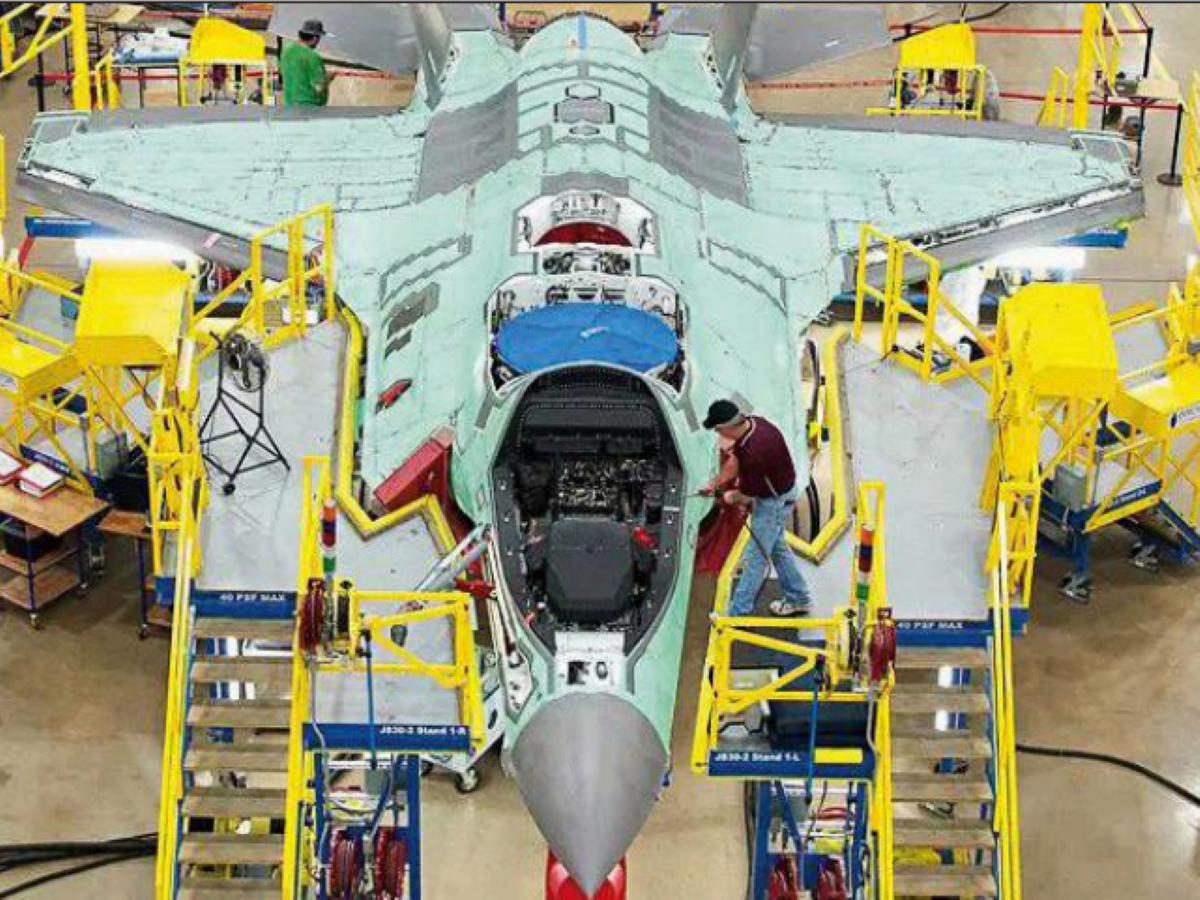
GoI was quick to absorb the lesson, announcing a project to develop a 5thgen AMCA earlier this week. This realisation is also evident in Isro’s announcement that it plans to launch 52 satellites to enhance space-based surveillance capabilities.
A lot more needs to be done. For instance, Pakistan’s use of Turkish-made drones should spur New Delhi to ramp up production of AI-embedded drones in collaboration with US, Poland, Russia and/or Germany. The success of homemade BrahMos missiles, produced with Russia, has underscoredthe importance of joint production. Today’s redefined battlefield is more about technological superiority and export profits than about emotional rhetoric and sabre-rattling. Some analysts have even suggested that advanced deftech might influence geopolitics, not the other way around. Understanding China’s defence machinery is key to preparing for India’s future challenges. China’s main goal is to be able to challenge the US, which might try to block its plans to conquer Taiwan, or take over islands in the South China Sea or Sea of Japan.
The high bar is forcing Chinese scientists and engineers to find new ways to acquire knowledge and take up ambitious projects. This explains the frenzied use of AI to supercharge defence systems, development of frigates and difficult-to-detect submarines, PL-15 air-to-air missiles (300 km range), hypersonic and long-range precision missiles capable of neutralising US forward bases in Guam and Japan in the Western Pacific, and integrated satellite networks (267 satellites, including 115 for intelligence) for real-time targeting. Military experts are reassessing China’s weapons capabilities to see if they’ve been overstated.
India successfully conducted strikes on at least nine Pakistani airbases during Operation Sindoor, exposing vulnerabilities in Chinese air defence systems. Chinese satellite reconnaissance was also exposed. Pakistan has provided no evidence that China’s PL-15E, delivered by J-10C, hit Indian targets.
The post-Pahalgam India-Pakistan conflict was quite a godsend for Chinese arms manufacturers, who had, prior to the escalation, no opportunty to test their products and get necessary feedback. Beijing is desperate to push ahead in the arms export field, where it ranks 4th in the world after the US, France and Russia.
On the other hand, vulnerabilities in the Chinese defence system should be reassuring for Indian arms manufacturers, including new private sector entrants. A lot of China’s weapons development, particularly its use of AI, can be replicated in the Indian scenario if GoI involves major IT companies and startups.
China’s dictatorial political system is advantageous for forging collaboration across different industries. For example, Tencent and Baidu are engaged in defence production, though their main business is IT software and satellites. In India and the US, IT and AI companies independently seek profits, instead of getting involved in weapons development.
Several commercial companies, including Tencent, ByteDance (parent of TikTok), and drone-maker DJI, are participating in China’s ‘civil-military fusion’ strategy that emphasises dual-use technologies. Add Huawei, ZTE and SenseTime — blacklisted by the US for supporting PLA — to this list. Chinese arms-makers benefit from a robust manufacturing ecosystem that also supplies a wide range of civilian engineering and electronic goods to global market.
It is heartening that several Indian companies have not only entered the defence sector but are also collaborating with DRDO. They include Adani Defence & Aerospace in short-range missile systems, and L&T and Tata Industries in main artillery guns.
PLA uses Meta’s Llama (Large Language Model Meta AI) to process battlefield data, simulate strategies and support command decisions. Observers have noted that PLA used AI to analyse flight data, weather conditions and pilot behaviour during drills in the Taiwan Strait.
Chinese scientists and engineers collaborated with American universities, jointly publishing 9,000 research papers without anyone realising that most of the work focused on dualuse technologies, according to a US Congress investigation. The repeated visits by China’s ‘research vessels’ in the Indian Ocean, sometimes with Sri Lanka’s assistance, are also an attempt to spy on India’s military facilities and radio waves.
Modern defence tech calls for an amalgamation of different technologies, including engineering, electronics, high-energy physics, high-performance explosives, satellite systems, robotics, drones, IT and AI. Thus, a wide range of public and private companies need to collaborate to produce complex weapons like missiles and drones. It is not enough for single-point production facilities like HAL to be asked to carry the entire weight.
Enthusiasm to invest in R&D is still lacking in India’s public and private sectors, though many top companies — including Reliance, Infosys, Mahindra, ITC, LIC and Coal India — are sitting on massive reserves. Aside from the defence sector, a call from GoI to develop India’s own LLM did not elicit much enthusiasm from major IT companies.
GoI must find a way to rope in major companies in defence research and adaptation in armed forces, if getting ready for a Chinese challenge is something it considers needs to be taken up seriously.











